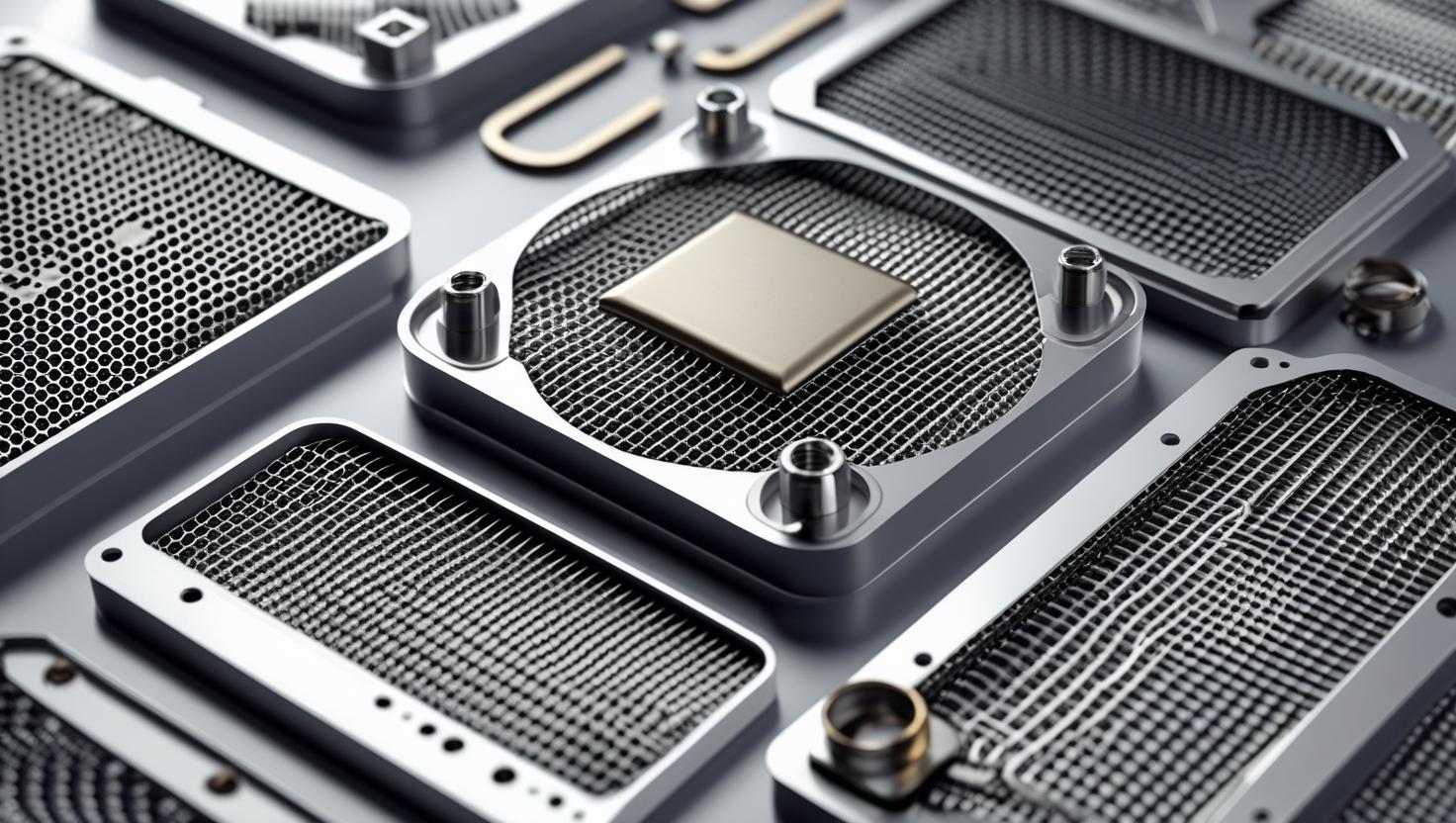In an era where electronic systems form the backbone of critical operations, the importance of protecting these systems from electromagnetic interference (EMI) cannot be overstated. Nowhere is this more evident than in the military and aerospace sectors, where the reliability, precision, and resilience of electronic devices directly influence mission success and safety. The EMI shielding market is witnessing steady growth as defense contractors and aerospace companies increasingly prioritize shielding technologies to enhance system reliability in harsh environments. From advanced aircraft to communication satellites, EMI shielding has become a cornerstone of electronic protection, driving innovation and shaping the future of military and aerospace electronics.
Download PDF Brochure @ https://www.marketsandmarkets.com/pdfdownloadNew.asp?id=105681800

Growing Demand for EMI Shielding in Defense and Aerospace
Military and aerospace applications demand uncompromised performance of electronics under the most challenging conditions. Electromagnetic interference, caused by both natural sources and man-made devices, poses a significant threat to sensitive electronic circuits, often leading to data corruption, communication breakdown, or system malfunctions. In the context of defense operations, such failures can result in mission delays or, in worst cases, operational failures with serious consequences.
The surge in demand for EMI shielding in these industries is driven by several factors, including the increasing adoption of advanced electronics in next-generation aircraft, satellites, unmanned aerial vehicles (UAVs), and defense communication systems. As military and aerospace systems rely more heavily on high-frequency communication and navigation technologies, the need for robust shielding solutions has become critical to ensure uninterrupted functionality.
EMI Shielding as a Critical Enabler of Reliability
Reliability is the foundation of military and aerospace electronics. Unlike commercial electronics, where occasional failures may be tolerable, defense and aerospace applications demand flawless operation. EMI shielding acts as a safeguard against signal disruption, ensuring that critical systems such as radar, navigation, electronic warfare equipment, and avionics function seamlessly.
For instance, modern fighter jets rely on a wide array of electronic systems working in tandem, from guidance systems to advanced sensors. Even minor interference can compromise their performance. EMI shielding solutions, including conductive coatings, gaskets, films, and enclosures, create protective barriers that prevent electromagnetic radiation from infiltrating sensitive circuits. By mitigating interference, these solutions not only enhance performance but also prolong the lifespan of expensive, mission-critical equipment.
Advanced Materials Driving Market Trends
One of the most significant trends in the EMI shielding market is the development of advanced shielding materials tailored for military and aerospace applications. Traditional metal-based shielding, while effective, often adds weight—a major drawback in aerospace systems where every gram counts. To address this, manufacturers are developing lightweight, high-performance materials such as conductive polymers, metalized fabrics, carbon-based composites, and nanomaterials.
Carbon nanotube-based shielding, for example, offers excellent conductivity and shielding effectiveness while being lightweight and durable. Similarly, conductive coatings made from silver or nickel provide effective shielding for electronic housings without the bulk of metal enclosures. These innovations allow military and aerospace organizations to balance reliability with stringent weight and performance requirements.
Increasing Adoption of Miniaturized and High-Frequency Electronics
As military and aerospace systems evolve, the trend toward miniaturization and higher operating frequencies is reshaping the EMI shielding landscape. Modern electronics, from satellite communication systems to drone control modules, operate at higher frequencies to enable faster and more secure data transfer. However, higher frequencies are more susceptible to interference, amplifying the need for effective EMI shielding.
Miniaturization presents another challenge. Compact electronic designs leave less space for traditional shielding methods, prompting the development of innovative solutions such as conformal coatings, thin-film shields, and integrated shielding materials. These solutions ensure that even the smallest components are protected, maintaining system integrity without compromising size or weight.
Regulatory and Safety Standards Shaping Adoption
The military and aerospace sectors operate under some of the most stringent safety and reliability standards. Organizations such as the Department of Defense (DoD), Federal Aviation Administration (FAA), and European Union Aviation Safety Agency (EASA) impose strict guidelines on electromagnetic compatibility (EMC) to prevent system failures caused by EMI.
Compliance with these standards has accelerated the adoption of EMI shielding technologies, as manufacturers must meet rigorous benchmarks before their products are deployed. This regulatory environment ensures that shielding solutions are continuously optimized, pushing the market toward higher performance and greater reliability.
Integration with Next-Generation Technologies
The EMI shielding market is also being shaped by the integration of emerging technologies in military and aerospace applications. For example, the deployment of 5G communication systems in defense networks and satellite platforms is creating new shielding requirements. Similarly, the rise of electronic warfare systems, which operate in dense electromagnetic environments, necessitates advanced shielding to prevent cross-interference.
Another emerging trend is the use of additive manufacturing (3D printing) to create custom EMI shielding components. This approach allows for rapid prototyping and the production of complex geometries tailored to specific military and aerospace applications, reducing development time and cost while improving performance.
Market Outlook and Future Opportunities
The EMI shielding market in military and aerospace is expected to witness sustained growth in the coming years, driven by the increasing complexity of electronic systems and the rising emphasis on mission reliability. With defense budgets expanding globally and aerospace companies investing heavily in next-generation platforms, the demand for advanced shielding materials and solutions will continue to grow.
Future opportunities lie in the development of multifunctional materials that combine EMI shielding with other properties such as thermal management and structural reinforcement. Such materials could significantly improve efficiency while reducing weight and cost. Additionally, as quantum communication and artificial intelligence-based defense systems emerge, new shielding paradigms will be required to protect against evolving electromagnetic threats.
See Related Semiconductor Reports:
Testing, Inspection, and Certification (TIC) Market by Service Type (Testing, Inspection, Certification), Source (In-house, Outsourced), Application (Consumer Goods & Retail, Agriculture & Food, Chemical, Energy & Power) – Global Forecast to 2030
EMC Shielding and Test Equipment Market by Material (Conductive Coatings & Paints, Conductive Polymers, EMC Filters), Test Equipment (Spectrum Analyzers, EMI Receivers, Amplifiers, Test Chambers) Method (Radiation, Conduction) – Global Forecast to 2029
